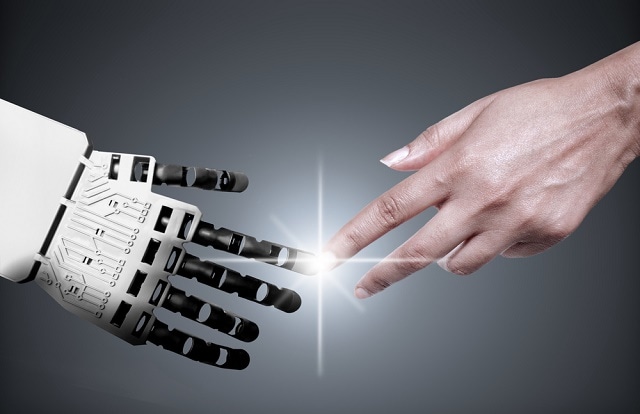Apr 27 2016
Self-driving cars, interactive children’s toys, and automated package delivery systems are entering the market rapidly, increasing the interaction between humans and robots on a greater scale. Movies such as Wall-E, Star Wars, and Ex-Machina reveal the growing fascination for sci-fi and robots.
 Image Credit: Pixelbliss | Shutterstock.com
Image Credit: Pixelbliss | Shutterstock.com
In his recently published scan of the literature, expert Thomas B. Sheridan states that the time is perfect for human factors researchers to provide scientific insights into handling the numerous challenges of human-robot interaction.
MIT Professor Emeritus Sheridan, who has been involved in the field of humans and automation for decades, analyzed self-driving cars and highly automated transit systems; regular operations in Amazon warehouses relating to the delivery of packages; gadgets that operate in dangerous or inaccessible environments, such as the Fukushima nuclear plant; and robots that engage in social interaction such as Barbies.
In each case he observed significant human factors challenges, especially surrounding safety. He claims that human drivers will not be able to stay alert to instantly take over control of a Google car in case the automation was to fail. Self-driving car technology also does not factor in the importance of social interaction between drivers, such as hand signals and eye contact.
Sheridan asserts that trust in robots is a significant component that requires research. For instance, would airline passengers be happy if the second human pilot is replaced by computerized monitoring?
Although there has been great deal of research into remote control of unmanned undersea vehicles and unmanned spacecraft, human factors research is critical to enhance and simplify the controls and displays. This applies to firefighting, border patrol, and military operations.
Human factors research will also impact the development of walking prostheses to achieve a better fit. Although robots would be useful in moving an elderly person in and out of bed and potentially reduce back injuries for human caregivers, there are several unanswered questions as to how should the robot look, and if hospital patients would feel alienated by robots bringing them their food trays.
For robots to be able to learn from human feedback, human factors research is a must, as is understanding how people of different ages and abilities best learn from robots.
Finally, Sheridan challenges the human factors community to address the inevitable trade-offs; Can robots provide jobs rather than taking them away? Can robots act as assistants to improve human self-worth rather than diminish it? Can robots improve security rather than jeopardize it?